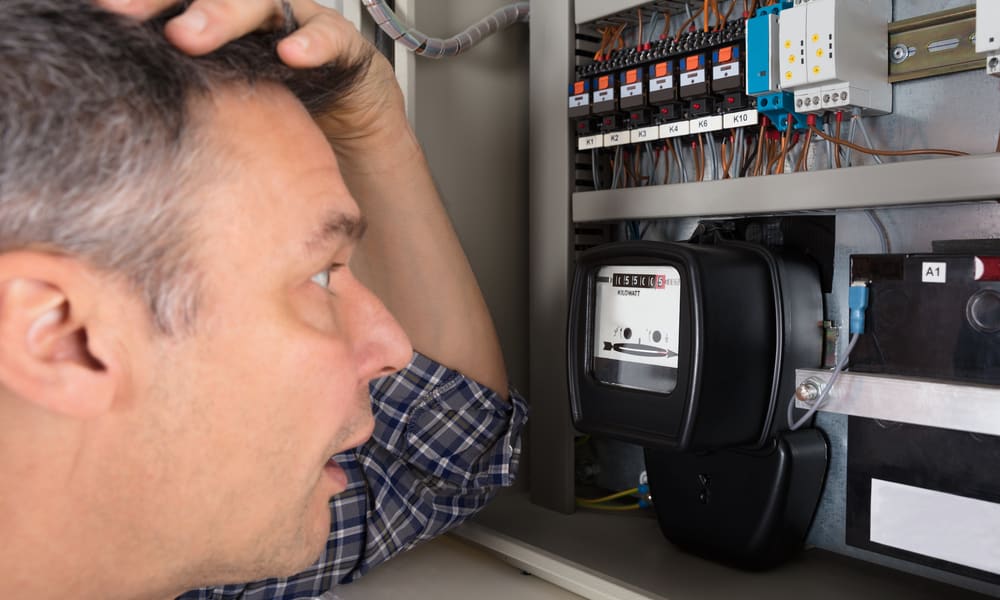Planning under-counter rinse layouts for tight service stations
Designing an under-counter rinse layout for a compact service station requires balancing sanitation, plumbing constraints, and operational flow. This short overview highlights key considerations—nozzle placement, throughput needs, maintenance access, and retrofitting options—that help teams maximize hygiene and efficiency without extensive remodelling.

Fitting an effective under-counter rinse solution into a tight service station starts with clear goals: maintain hygiene, preserve throughput, and keep maintenance simple. In constrained spaces, prioritize a layout that minimizes hose runs and avoids complex bends in plumbing while providing easy access to the nozzle and filtration. Thoughtful placement reduces cross-contamination risk and supports consistent barware handling during busy shifts, letting staff rinse, stack, and return glassware rapidly without disrupting service.
Undercounter plumbing and layout considerations
Planning undercounter plumbing begins with measuring available cabinet depth and mapping water supply and drain routes. Compact installations often use short flexible supply lines and a dedicated drain collar to prevent backflow into sink basins. Position the rinser near the prep edge where staff naturally handle glassware to minimize reach and awkward movements. Consider water pressure requirements for the nozzle and add a pressure regulator if supply is variable. Leave at least 50–75 mm (2–3 in) clearance around connections for routine inspections and quick repairs.
Nozzle selection and sanitation performance
Selecting the right nozzle affects sanitation and throughput. A spray nozzle that produces a full-coverage cone helps remove residues faster than a narrow jet, which can reduce rewash rates. Materials matter: stainless steel or durable food-grade plastics resist mineral buildup and are easier to sanitize. Choose nozzle designs with minimal crevices to limit biofilm formation, and ensure that the nozzle can be removed without specialized tools for daily cleaning. Routine flushing cycles and a depressurization step after service reduce standing water and microbial growth.
Throughput and operational efficiency
Throughput depends on cycle time per glass and how the rinser integrates with staff motion. Time each rinse operation during peak periods to estimate realistic capacity: typical under-counter rinsers can handle dozens of glasses per hour when placed and operated ergonomically. Design the station so rinsed barware moves to a drying or stacking area without crossing dirty zones. Small layout changes—angling the rinser 15–20 degrees toward staff or adding a short shelf—can shave seconds per glass and multiply into notable efficiency gains over a shift.
Hygiene practices and maintenance routines
Consistent hygiene routines ensure the rinser stays effective. Establish daily rinses of the nozzle, weekly descaling, and monthly inspection of valves and hoses. Replace flexible supply lines on a scheduled basis and keep spare nozzles and fittings on hand to minimize downtime. Train staff on simple maintenance steps: run a hot-water flush at shift start, wipe accessible surfaces, and report leaks immediately. Documenting these procedures supports traceability for sanitation audits and helps prevent service interruptions due to overlooked wear.
Retrofitting and installation in tight spaces
Retrofitting existing cabinetry often involves cutting a minimal opening for the nozzle and routing plumbing through rear panels or concealed chaseways. Choose compact rinser units designed for under-counter installation to avoid excessive cabinet modifications. When possible, test-fit the unit before committing to cabinet alterations and use flexible connectors to accommodate small misalignments. Coordinate with local services or a qualified plumber for permanent changes to ensure compliance with local codes and to avoid disrupting adjacent equipment like ice makers or dishwashers.
Barware handling and lifecycle management
Design the rinse layout to complement barware flow from soiled to rinsed to storage. Standardize glass types by station to reduce handling complexity and select nozzle settings that gently clean without risking fragile glass. Monitor how different glass shapes respond to your rinse nozzle and adjust operator technique accordingly. Keep a modest spare set of nozzles and mounting hardware as part of routine maintenance stock to replace worn parts quickly, preserving both hygiene and throughput during busy periods.
Conclusion
Effective under-counter rinse layouts in tight service stations result from pragmatic trade-offs: compact plumbing routes, accessible nozzles, and clear operational flow. Emphasize sanitation-friendly nozzle choices, scheduled maintenance, and ergonomic placement to maintain throughput without major renovations. Thoughtful retrofitting and coordination with local services can extend the life of cabinetry and reduce downtime, while consistent training and lifecycle management keep hygiene and efficiency aligned over time.





